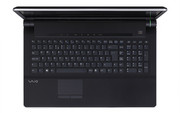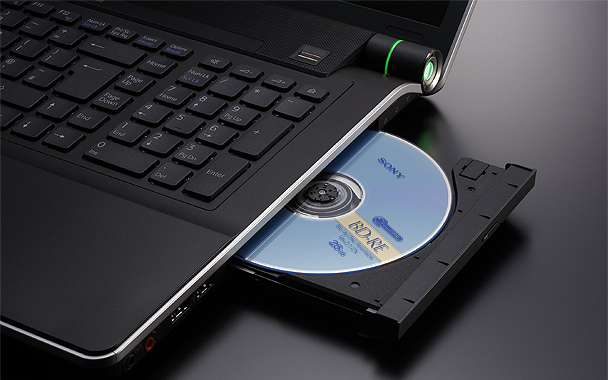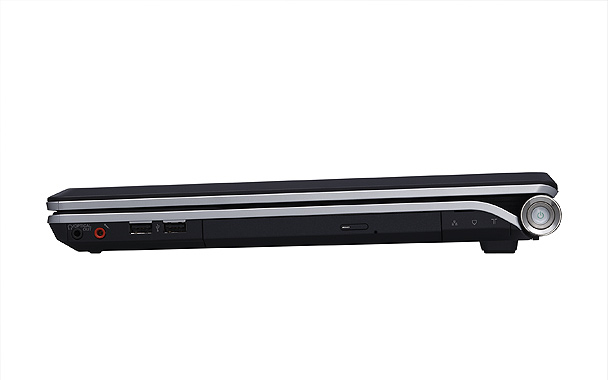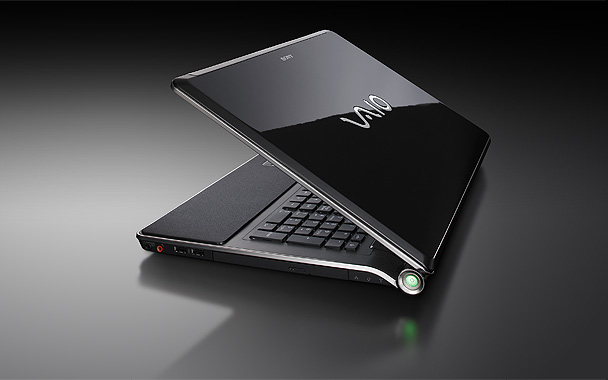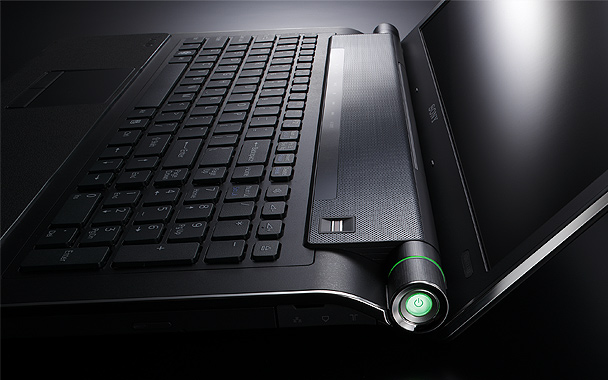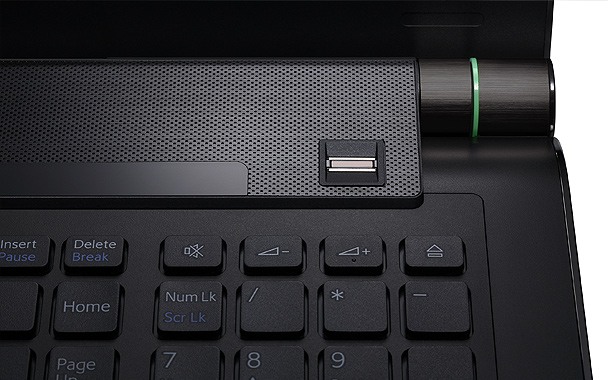Sony Vaio VGN-AW31M/H
Specifications

Price comparison
Average of 2 scores (from 3 reviews)
Reviews for the Sony Vaio VGN-AW31M/H
Source: CNet
 Archive.org version
Archive.org versionWe recently reviewed one end of the desktop-replacement laptop spectrum in the shape of the £410 Toshiba Satellite L350 and now here's the other -- the Sony Vaio VGN-AW31M/H. With an 18.4-inch screen, this is one serious slab of Sony technology and it has a price tag to match: £1,100. Value for money is subjective with a laptop like this, but there's no denying the Sony Vaio VGN-AW31M/H is a large, beautiful desktop replacement. The specification falls short of stunning considering the price, but it's still a very capable performer and few laptops this massive look as lovely as this
Single Review, online available, Long, Date: 08/21/2009
Rating: Total score: 80%
Foreign Reviews
Source: Notebookinfo
 DE→EN Archive.org version
DE→EN Archive.org versionSingle Review, online available, Long, Date: 07/02/2009
Rating: Total score: 85% performance: 93% features: 88% display: 93% mobility: 50% workmanship: 91%
Source: Notebookinfo
 DE→EN Archive.org version
DE→EN Archive.org versionSingle Review, online available, Short, Date: 06/16/2009
performance: 80%
Comment
NVIDIA GeForce 9600M GT: Successor of the 8600M GT and because of the smaller 65nm production process the card is higher clocked (and therefore faster) with the same current consumption.Furthermore, it features an improved video processor (VP3) and HybridPower to save current (in conjunction with the 9100M G).
Non demanding games should be playable with these graphics cards.
» Further information can be found in our Comparison of Mobile Graphics Cards and the corresponding Benchmark List.
Intel Core 2 Duo: This is the Core Duo and Core Solo successor with a longer pipeline and 5-20% more speed without more power consumption. As an addition to the Core Duo design there exists a fourth decoder, an amplified SSE-unit and an additional arithmetical logical unit (ALU).
The Core 2 Duo for laptops is identical to the desktop Core 2 Duo processors but the notebook-processors work with lower voltages (0.95 to 1188 Volt) and a lower Frontside bus clock (1066 vs 667 MHz). The performance of equally clocked notebooks is 20-25% lower than Desktop PCs because of the lower Frontside bus clock and the slower hard disks.
P8700:
Mid-range dual core processor with 3 MB level 3 cache and a TDP of 25 Watt.
» Further information can be found in our Comparison of Mobile Processsors.












